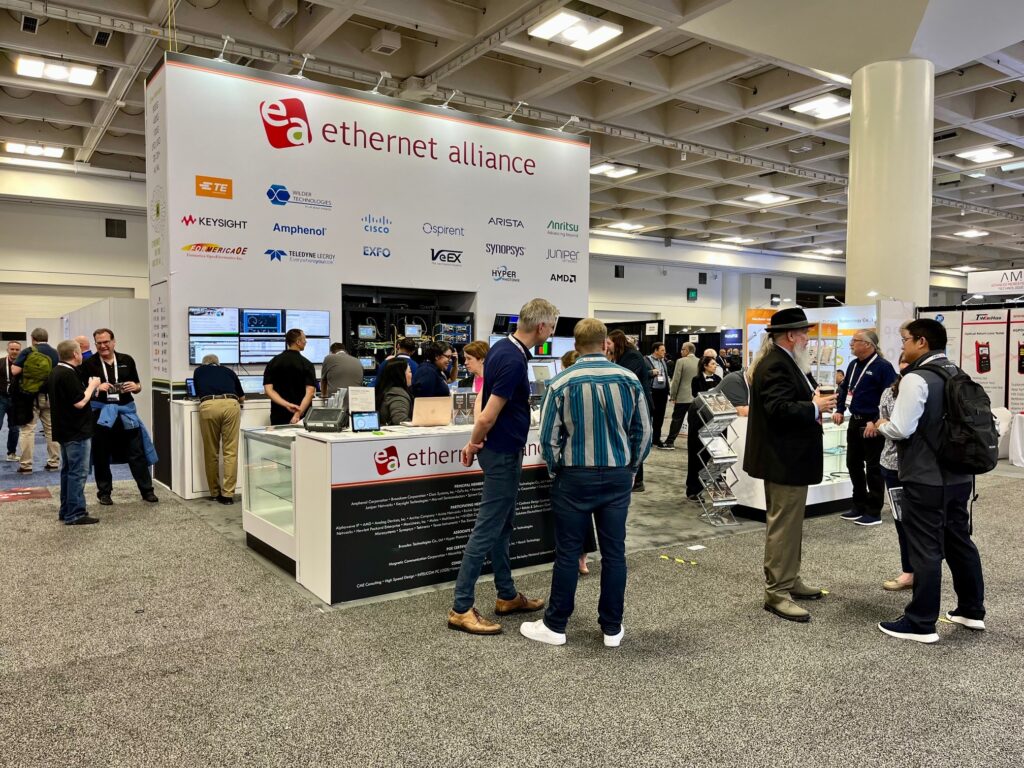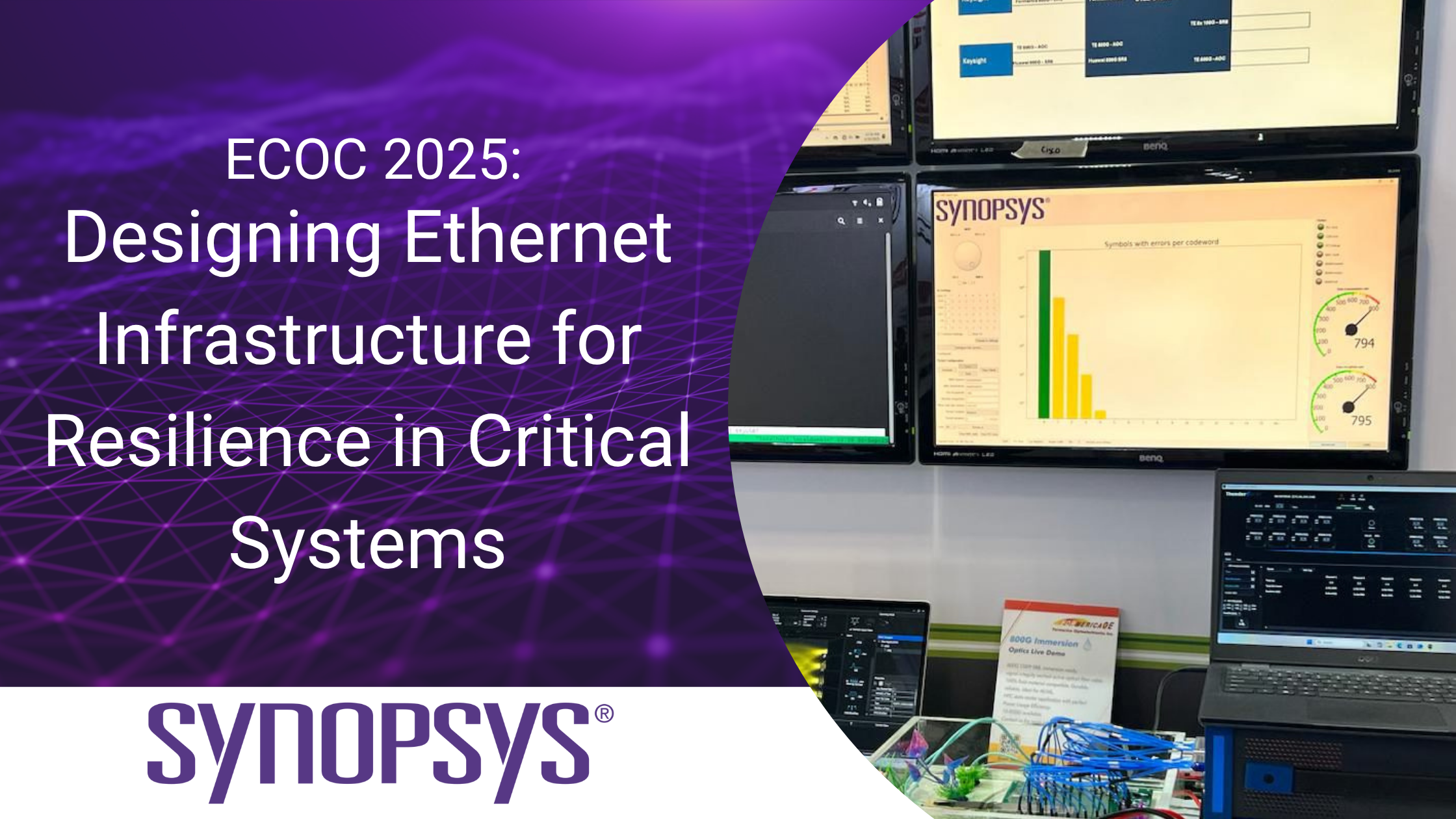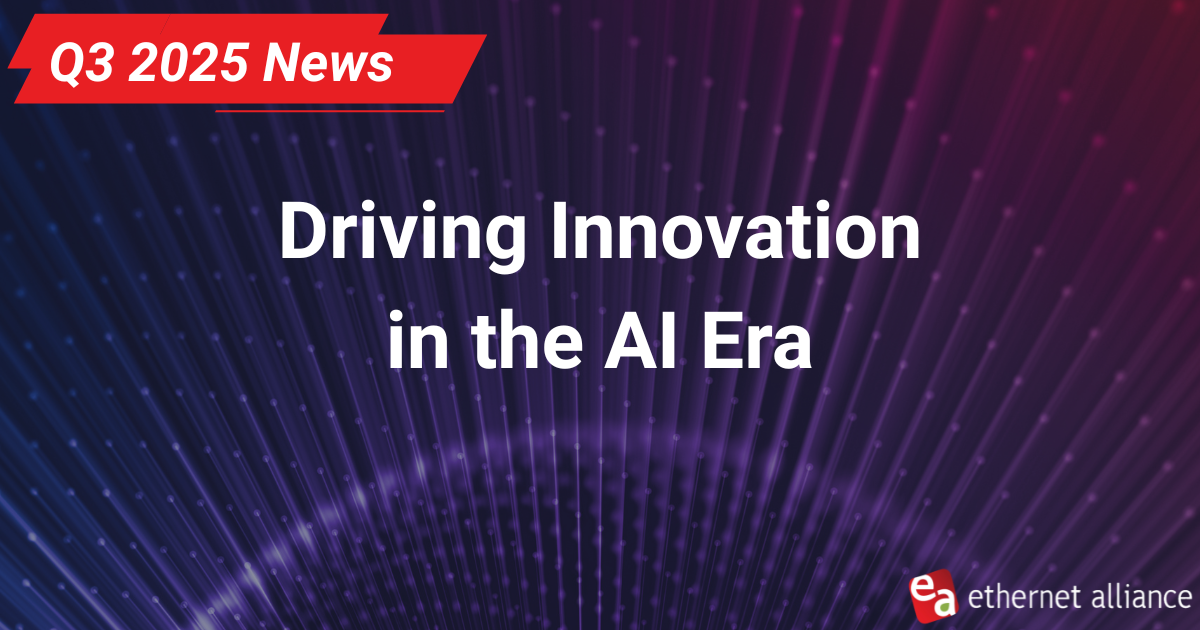Optical Transceivers in Liquid Immersion Cooling Systems
Principal member Formerica OptoElectronics joined the Ethernet Alliance at OFC 2025. In this guest blog, Peter Liu, General Manager at Formerica discusses advancements in liquid immersion cooling systems for data centers.
Data centers increasingly face challenges related to energy consumption and heat dissipation due to the high-density computing that modern technology demands. Optical transceivers, integral components in data centers for high-speed data communication, have not been immune to these challenges. To address these issues, advancements have been made in utilizing liquid immersion cooling systems to enhance their performance and reliability.
The Role of Optical Transceivers
Optical transceivers are now more than ever a critical component for data centers as they become key to reliable transmission of data across fiber optic networks. They convert electrical signals into optical signals and vice versa. With the growth in data processing and storage demands, optical transceivers are required to operate at higher speeds and increased efficiency. However, these advancements often lead to heightened energy consumption, resulting in higher operational temperatures and posing a risk of overheating which will affect performance and longevity.
Liquid Immersion Cooling: A Game Changer
Liquid immersion cooling involves submerging hardware like optical transceivers and servers into a dielectric liquid that efficiently absorbs and dissipates heat. This method provides significantly better cooling than air-based solutions, making it especially useful for data centers with high-density workloads. The liquid used is non-conductive, ensuring it doesn’t interfere with the electrical components while allowing effective heat management.
As the demand for immersion-ready components grows, some manufacturers have begun developing optical transceivers specifically designed to operate in submerged environments. These solutions aim to deliver robust performance, high reliability, and lower operational costs. For example, Formerica has introduced a portfolio of fully submersible transceivers tailored for immersion cooling applications.
Advantages of Using Immersion Cooling for Optical Transceivers
- Improved Thermal Management: Liquid immersion cooling helps maintain an optimal operating temperature for optical transceivers, enhancing performance and extending their lifespan.
- Increased Energy Efficiency: By eliminating the need for energy-intensive air-cooling systems, immersion cooling reduces power consumption significantly. This leads to decreased operational costs and a reduced carbon footprint for data centers.
- Enhanced Performance: With better cooling, optical transceivers can operate at higher speeds with greater stability and reliability. This is particularly important for modern data centers processing vast amounts of data simultaneously.
- Space Savings: Immersion cooling can allow for more compact data center designs by reducing or eliminating the need for bulky air-cooling infrastructure.
Market Trends and Future Outlook
Going forward, we and our fellow manufacturers are likely to continue innovating their products to meet the increasing demands for energy efficiency and performance reliability in data centers. Immersion cooling, with its proven advantages, is poised to become a standard practice in the industry, particularly as data centers strive toward greater sustainability.
As the industry evolves, optical transceivers compatible with immersion cooling will likely see enhancements in design and materials to further improve their capabilities and durability. This aligns closely with the market’s push towards more sustainable and effective cooling solutions in data centers, as companies aim to minimize environmental impact while maximizing efficiency.
Immersion cooling for optical transceivers, as well as copper interconnects, supports broader efforts to enhance sustainability and reduce environmental impacts in data centers. It significantly lowers the cooling-related energy use and minimizes environmental concerns associated with traditional air cooling systems that depend on chillers and fans. Advanced methodologies in immersion cooling, such as single-phase and two-phase immersion cooling, provide different benefits and are chosen based on specific data center needs.
Single-phase systems often utilize oils or engineered fluids that do not change phase, leading to stable and straightforward cooling processes. In contrast, two-phase systems use fluids that vaporize to absorb heat, offering superior efficiency in heat removal. Additionally, the market interest in immersion cooling technologies has been growing rapidly. There are projections for a substantial increase in adoption, with the market for liquid immersion cooling anticipated to reach notable growth milestones by 2026 and beyond, driven by the need for efficient cooling solutions in AI and high-performance computing applications. This not only underscores the practicality of these solutions but also highlights the industry’s shift towards innovative, environmentally friendly cooling strategies for data centers and High Performance Computing (HPC) workloads.
Ethernet Alliance’s OFC 2025 showcase included the latest optical connectivity solutions with energy-saving technologies, such as LPO and immersion liquid cooling designed for high-efficiency networking.
 |
 |
Image caption: Immersion liquid cooling demo at OFC 2025.
To learn more about the Ethernet Alliance at OFC 2025, click here.
To learn more about Formerica OptoElectronics, click here.
The views and opinions expressed are those of the authors and do not necessarily reflect the official policy or position of the Ethernet Alliance.




